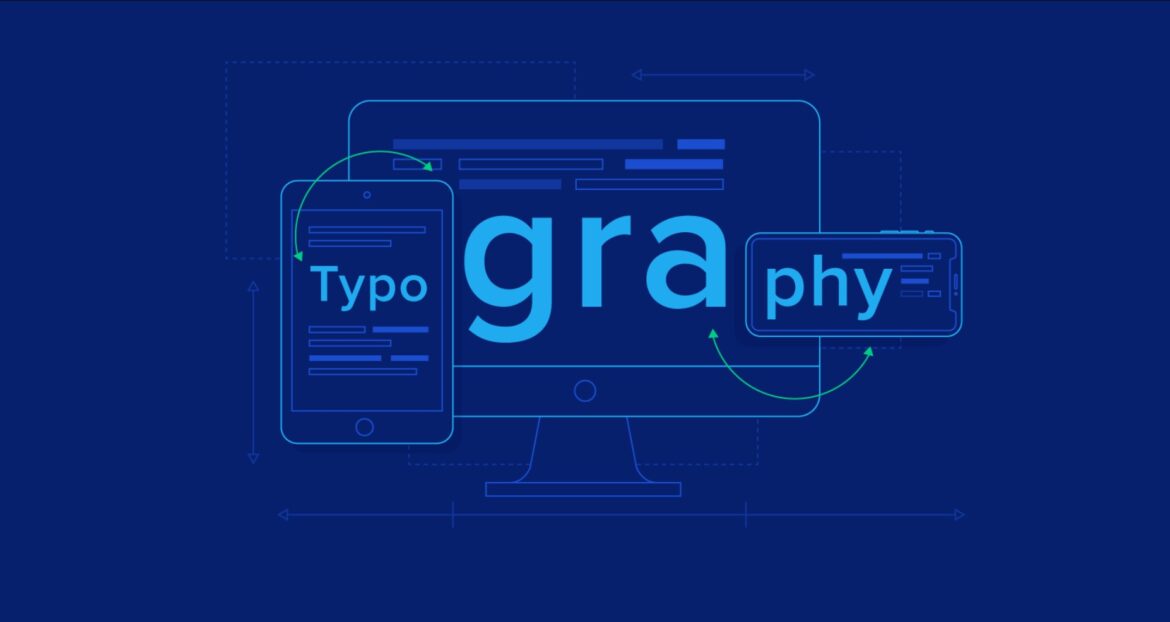
When it comes to designing a website, one crucial factor that often gets overlooked is typography. The choice of fonts, sizes, spacing, and other typographic elements can greatly impact the readability and overall user experience of a website. In this article, we will explore some valuable tips for designers on how to improve website readability through appropriate typography. By implementing these tips, designers can enhance the visual appeal and user-friendliness of their websites, ensuring that visitors can easily consume the content.
The Importance of Typography in Web Design
Typography plays a significant role in web design as it directly affects how users perceive and interact with the content. Effective typography can make the text more legible, engaging, and visually appealing. On the other hand, poor typography choices can lead to a frustrating user experience, making it difficult for visitors to read and comprehend the information presented on the website.
Choosing the Right Fonts
The selection of appropriate fonts is crucial for establishing the overall tone and readability of a website. Here are some key considerations when choosing fonts:
· Use Legible Fonts
- Opt for fonts that are easy to read, even at smaller sizes. Sans-serif fonts such as Arial, Helvetica, and Verdana are widely used for online content due to their clarity and simplicity.
· Maintain Consistency
- Consistency in font choices helps create a cohesive and professional look for a website. Stick to a limited number of fonts (ideally two or three) and use them consistently across different sections and pages.
· Consider Brand Identity
- While it’s essential to prioritize readability, the chosen fonts should also align with the overall brand identity. Custom fonts or unique typefaces can add personality and convey the brand’s message effectively.
Utilizing Font Sizes and Hierarchy
Proper font sizing and hierarchy are essential for guiding users’ attention and emphasizing important information. Here’s how designers can utilize font sizes effectively:
· Establish a Clear Hierarchy
- By using different font sizes, designers can create a visual hierarchy that guides users through the content. Important headings should have larger font sizes than subheadings and body text, ensuring easy scannability.
· Pay Attention to Line Length
- Long lines of text can be overwhelming and tiring to read. Optimize the line length to around 50-75 characters per line, creating a comfortable reading experience.
· Use Emphasis with Bold and Italics
- Bold and italicized text can be used strategically to emphasize key points or highlight important information. However, use these formatting options sparingly to avoid visual clutter and maintain readability.
Tips for Designers on Improving Website Readability through Appropriate Typography
|
Tips |
Explanation |
|
Use legible fonts |
Opt for fonts that are easy to read, even at smaller sizes. |
|
Maintain consistency |
Stick to a limited number of fonts and use them consistently across different sections. |
|
Establish a clear hierarchy |
Utilize font sizes to create a visual hierarchy that guides users through the content. |
|
Pay attention to line spacing |
Ample line spacing between lines of text improves readability and prevents text crowding. |
|
Optimize line length |
Keep line length within a comfortable range to avoid strain on the reader’s eyes. |
|
Use contrasting colors |
Ensure sufficient contrast between text color and background for better legibility. |
|
Limit the number of font styles |
Avoid using too many font styles to maintain consistency and a clean design. |
|
Test readability on different devices |
Ensure that typography appears consistently on various devices and screen sizes. |
|
Consider accessibility guidelines |
Incorporate features like alt text, proper headings, and keyboard navigation for all users. |
Typography is a powerful tool for improving website readability. By following the tips mentioned above, designers can create visually appealing and user-friendly websites. Remember to choose legible fonts, establish a clear hierarchy, optimize line spacing and length, use contrasting colors, and consider accessibility guidelines. By implementing these practices, designers can enhance the overall user experience and ensure that the content is easily readable and accessible.
FAQs (Frequently Asked Questions)
FAQ 1: What are the best fonts for website readability?
Answer: Sans-serif fonts like Arial, Helvetica, and Verdana are popular choices for website readability due to their simplicity and legibility.
FAQ 2: How can I improve the legibility of my website’s body text?
Answer: Ensure adequate font size, contrast, and line spacing for the body text. Use a font size of at least 16 pixels for optimal readability.
FAQ 3: Should I use custom fonts for my website?
Answer: Custom fonts can add uniqueness and reflect your brand identity. However, ensure that custom fonts are still legible and don’t sacrifice readability for aesthetics.
FAQ 4: How can I determine the ideal line length for my website?
Answer: Aim for a line length of around 50-75 characters per line. This range provides an optimal reading experience for users.
FAQ 5: Why is contrast important in typography?
Answer: Contrast between the text and background helps improve readability, particularly for users with visual impairments. Ensure sufficient contrast for easy legibility.
FAQ 6: How can I make my website more accessible?
Answer: Incorporate accessibility features such as alt text for images, proper heading structure, and keyboard navigation. Following accessibility guidelines ensures inclusivity for all users.
Typography plays a vital role in improving website readability. Designers should pay attention to font selection, hierarchy, and other typographic elements to create an engaging and user-friendly website. By implementing the tips provided in this article and considering the frequently asked questions, designers can enhance the overall user experience and ensure that website visitors can easily consume the content. Remember, effective typography is the key to making a lasting impression on your audience.



